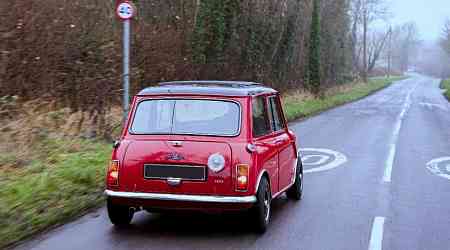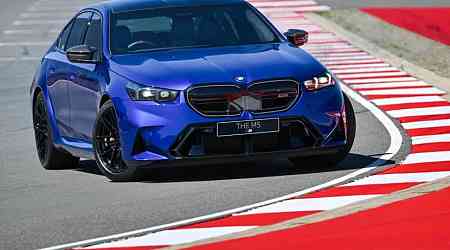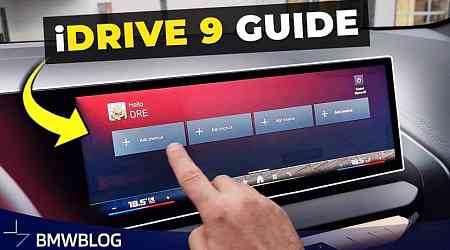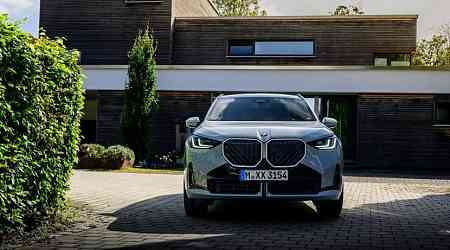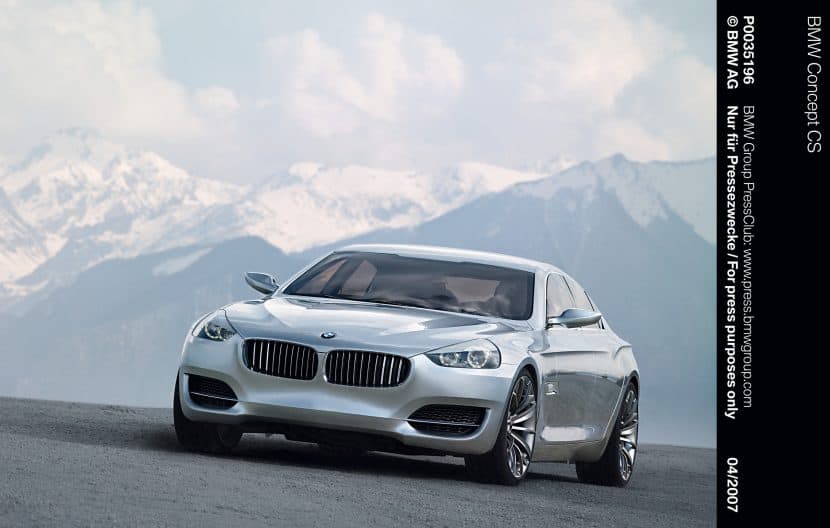Few phrases illustrate language’s evolution as succinctly as ‘road test’. Free from the constraints of its earlier, literal limitations, nowadays it’s applied to myriad scenarios where products or situations are sampled before making informed decisions about whether they warrant our commitment.
Over recent months we have witnessed smartphones, kettles and even databases being subjected to the notion of being ‘road tested’. Denominalisation’s march is relentless.
As the road test’s originators, Autocar defined the concept of reviewing cars in an as-standardised-as-possible manner, amplifying its readers’ ability to compare different models’ virtues, or lack of.
Combined with the series’ stoic longevity, its worthiness as a focus for a geeky reference work resonated with me, so a couple of years ago I began working on the Road Test Record.
Autocar cites 13 April 1928 as its road testing legacy’s commencement, making it the logical point from which to record data. But was it? Mining the online Autocar Archive’s depths confirmed those early Road Tests lacked sequential reference numbers: this development appeared 34 months later, in the 13 February 1931 issue, bearing the number 619.
Enjoy full access to the complete Autocar archive at themagazineshop.com
That sounded too high, but an editorial explainer confirmed an inconvenient truth: that 619 tally was the post-WW1 total, not only those since spring 1928.
Proving the 619 figure’s accuracy is impossible owing to a lack of definitive records, but nevertheless it became a fixed point from which to anchor the research, reasoning the series’ relative newness should prevent extreme discrepancies.
Title aside, pre-Road Test road tests employed one of two routes, including Brooklands when availability permitted, and featured stat-laden ‘Data for the Driver’ panels.
Scouring all post-Armistice issues, the 27 March 1920 review of Rover’s 8hp was the earliest one to tick all the relevant boxes, although reasonably persuasive cases could be argued for a brace of older examples. Had 618 unnumbered tests been revealed? No – 44 shy.
Combining research experience and fortuitous inspiration, I then included models recorded in occasionally published lists of recently tested cars that otherwise hadn’t met the applied criteria.
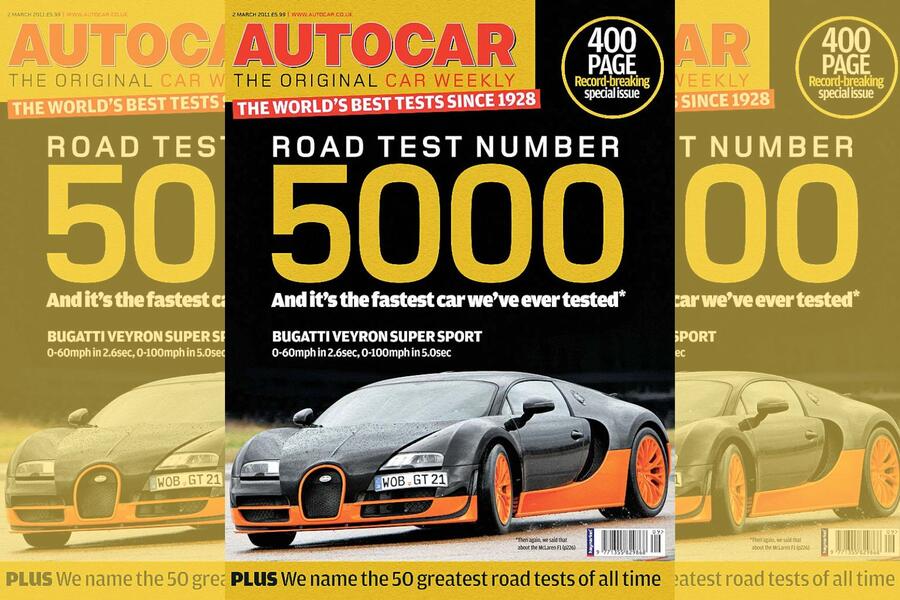
It appeared to be the same methodology used by that 1931 pioneer; for purity’s sake perhaps those 44 shouldn’t be included, but the tally matched Autocar’s.
Any harboured hopes of trouble-free research were unceremoniously scuttled by 16 occasions on which the test number skipped hither or thither, not always with subsequent correction.
By 17 July 1969, the published tally was a net five short of that calculated – albeit an improvement from briefly being eight out in 1962.
Starting from the following week’s issue and continuing for a quarter-century is the Dark Age of Autocar’s Road Test history, with no published tally.
Inevitably this fosters conjecture over what should be included, but by maintaining the rationale and following patterns of what was typically regarded as part of the sequence either side of the lengthy numerical void, it was possible to determine how it should have developed.
While far from the scale of mental leap required to accept that today’s reborn Ford Capri could have evolved from the lineage that disappeared in 1987, a mindset shift is necessary to absorb the assertion that when reintroduced on 21 September 1994, the Road Test tally of 4081 was 52 short.
Eleven further sequence blips registered before 2001’s close, increasing the net deficit to 61. Plaudits to everyone involved since then for maintaining the sequence’s most consistent run.
So, does it really matter? When people are involved, despite their very best intentions, mistakes inevitably occur, especially across 100 years of a fast-paced weekly magazine’s storied history. At worst, it creates a degree of inelegance from an editorial standpoint.
It would have been advantageous if the origin date was definite, aligning perfectly with an unwavering tally, but those responsible for creating and nurturing the series were rightly concentrating on its success, not chronicling every discussion and decision along the way.
Autocar’s Road Tests have always set the standard others can only hope to emulate, and they have generated a trove of automotive data unsurpassed in breadth and legacy. That remains undiminished and worthy of celebration.























